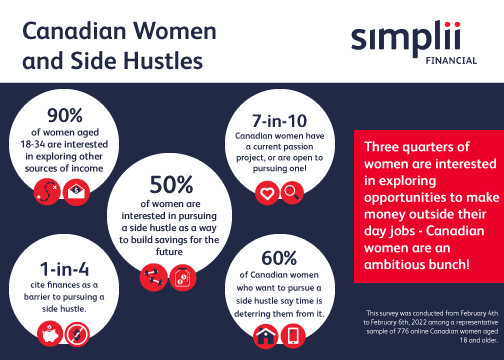
By Steve Lowrie, CFA
Special to the Financial Independence Hub
Most investors understand or perhaps accept the fact that they are not able to time stock markets (sell out before they go down or buy in before they advance).
The simple rationale is that stock markets are forward looking by anticipating or “pricing in” future expectations.
While the screaming negative headlines may capture attention, stock markets are looking out to what may happen well into the future.
Timing bond markets is even harder than timing stock markets
When it comes to interest rates and inflation, my observation is that the opposite is true. Most investors seem to think they can zig or zag their bond investments ahead of interest rate changes. This is perplexing, as you can easily make the case based on evidence that trying to time bond markets is even more difficult than trying to time equity markets.
Another observation is that many investors tend to be slow to over-react. Reacting to today’s deafening headlines ignores that fact that all financial markets are extremely resilient. Whether good or bad economic news, good or bad geopolitical events, markets will work themselves out and march onto new highs, albeit sometimes punctuated by sharp and unnerving declines. Put another way, declines are temporary, whereas advances are permanent. And remember, this applies to both bond and stock markets.
It is easy to understand why we might be scared about the recent headline inflation numbers and concerned about rising interest. It is very important to keep this in context, which is what we will address today.
Interest Rates are Rising (or Falling)
With interest rates in flux, what should you do? Consider this…
Positioning for Inflation – Dimensional Fund Advisors
Also, check out DFA’s video: How to Think about Rate Increases
But as it relates to your immediate fixed income holdings we don’t recommend reacting to breaking news. A recent Dimensional Fund Advisors paper, “Considering Central Bank Influence on Yields,” helps us understand why this is so. Analyzing the relationship between U.S. Federal Reserve policies on short-term interest rates versus wider, long-term bond market rates, the authors found:
“History shows that short- and long-term rates do not move in lockstep. There have been periods when the Fed aggressively lifted the fed funds target rate — the short-term rate controlled by the central bank — while longer-term rates did not change or “stubbornly” declined.”
 Steve Lowrie holds the CFA designation and has 25 years of experience dealing with individual investors. Before creating Lowrie Financial in 2009, he worked at various Bay Street brokerage firms both as an advisor and in management. “I help investors ignore the Wall and Bay Street hype and hysteria, and focus on what’s best for themselves.” This blog originally appeared on his site on March 7, 2022 and is republished here with permission.
Steve Lowrie holds the CFA designation and has 25 years of experience dealing with individual investors. Before creating Lowrie Financial in 2009, he worked at various Bay Street brokerage firms both as an advisor and in management. “I help investors ignore the Wall and Bay Street hype and hysteria, and focus on what’s best for themselves.” This blog originally appeared on his site on March 7, 2022 and is republished here with permission.
Share this:
- Click to share on X (Opens in new window) X
- Click to share on LinkedIn (Opens in new window) LinkedIn
- Click to share on Facebook (Opens in new window) Facebook
- Click to share on Reddit (Opens in new window) Reddit
- Click to email a link to a friend (Opens in new window) Email
- Click to print (Opens in new window) Print








